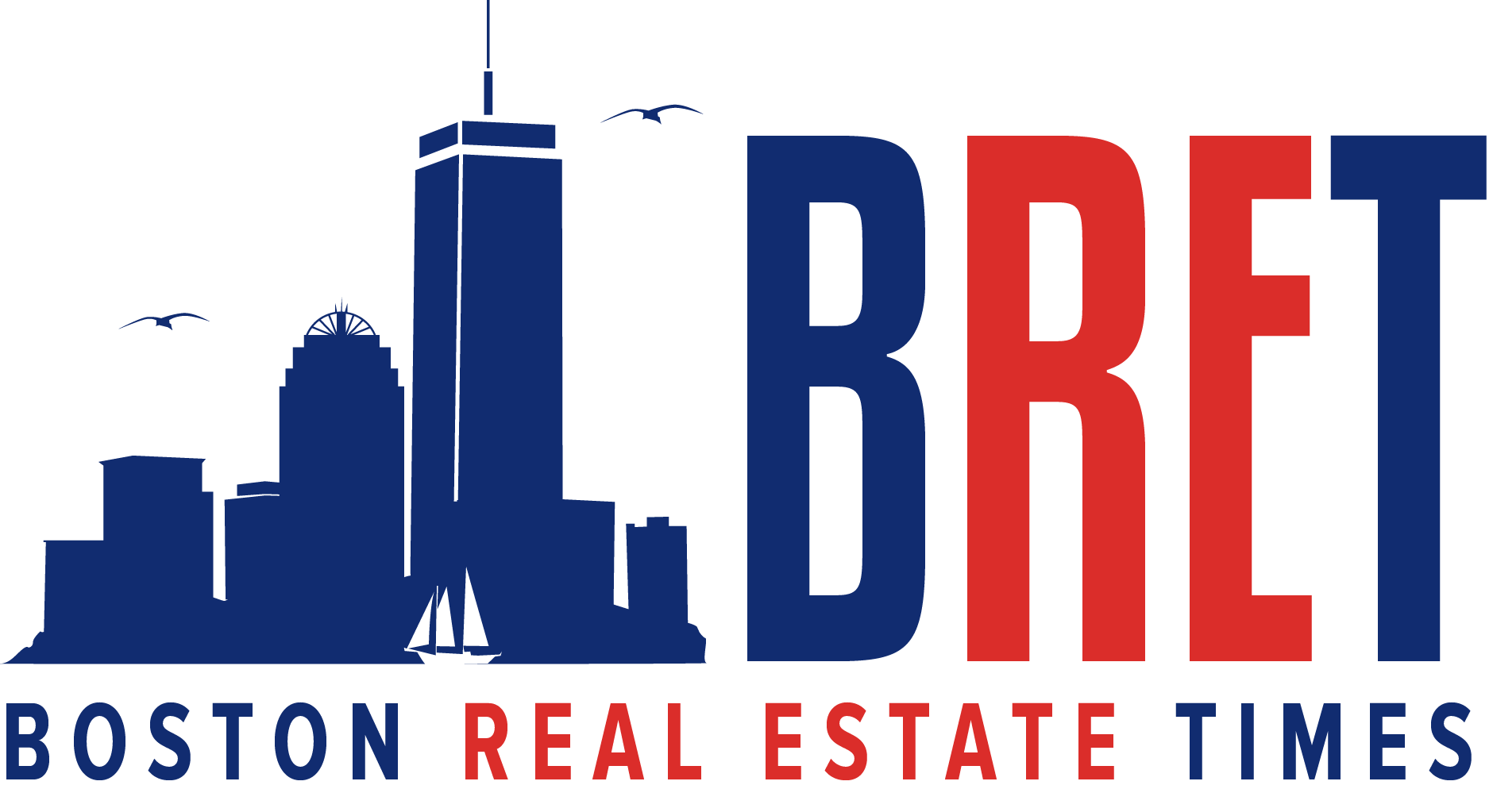BOSTON— The Center for Real Estate and Urban Analysis (CRUEA) at the George Washington University School of Business, in partnership with Cushman & Wakefield, Smart Growth America/LOCUS, and Yardi Matrix, released its 2019 Foot Traffic Ahead report, which ranks the 30 largest metros in the United States, based on the percentage of office, retail and rental multi-family space in walkable urban places.
The research was released at the Smart Growth America/LOCUS National Leadership Summit. The highest current ranking of metro regions with the most walkable urban real estate are:
- New York City
- Denver
- Boston
- Washington, D.C.
- Chicago
- San Francisco
Using data from Walk Score, the report finds that there are 761 regionally significant walkable urban places, or “WalkUPs,” in the 30 largest U.S. metropolitan areas, distributed unevenly across metro areas with a wide-range from two (metro Las Vegas) to 149 (metro New York City). The key findings include:
- Income-producing real estate (office, retail and rental housing) in walkable urban places has a 75 percent per square foot rent premiums over the balance of the metro area income real estate.
- Walkable urban absorption in 29 of 30 of the largest metros (exception is Houston)
is gaining market share in this real estate cycle by nearly twice their 2010 market share base. Ten of the 30 metro areas are gaining market share three times faster than their 2010 base market share. The last time this level of market share shift took place was in the 1980s, when it was going the opposite direction toward drivable suburban locations. - Thanks to unique access to Redfin.com’s industry-leading automated valuation model, the Redfin Estimate, the report found a 90 percent premium for for-sale homes within WalkUPs compared to the regional median for-sale home price in the metro area.
- The above referenced highest ranked walkable urban metros have a GDP per capita that is 52 percent higher than the lowest seven ranked metros—nearly a First World versus Second World economic performance difference.
- Sprawl is over in metropolitan Boston within market-driven commercial real estate sectors (office, retail and multifamily). Other metros are also approaching the end of sprawl for income-producing development.
- Counter-intuitively, the metros with the most walkable urban real estate also tend to have more socially equitable WalkUPs, primarily due to lower household transportation costs offsetting higher housing costs.

Denver’s appearance at number two is a direct reflection of the region reaping the dividends of more than a decade of ambitious investments in rail transit and more transit-accessible housing and office/retail, and the growth of the knowledge economy, which demands walkable urban development patterns.
“There is a ‘Doppler shift’ toward walkable urban development in 29 of the 30 largest U.S. metros”, according to Dr. Tracy Loh, senior data scientist at the GW School of Business and co-author of the report. Dr. Loh continued, “even the lowest ranked metros like Tampa and Phoenix are moving toward increased market share of walkable urban development, versus sprawl. They are just lagging the leading metros such as Seattle and Chicago.”
“This trend suggests substantial future demand for additional WalkUPs in all metropolitan areas, especially within the urbanizing suburbs,” said Christopher B. Leinberger, CREUA professor and chair, and co-author of the report. “This demand for new WalkUPs, along with the growth of existing WalkUPs, puts a new foundation under the U.S. economy, similar to that resulting from the building of drivable suburbs in the mid-to-late 20t h century.”
“Foot Traffic Ahead shows that the future is walkable, mixed-use places,” said Calvin Gladney, President and CEO of Smart Growth America. “Metro areas have a choice to make: continue distorting the market by subsidizing an outdated form of sprawling growth that separates residents from their daily needs, cuts them off from opportunity, and costs more to serve & maintain. Or, realize the massive potential benefits of meeting the pent-up demand for walkable places—which is one of the best ways to help more residents live in places that are affordable, healthy, and prosperous.”


















